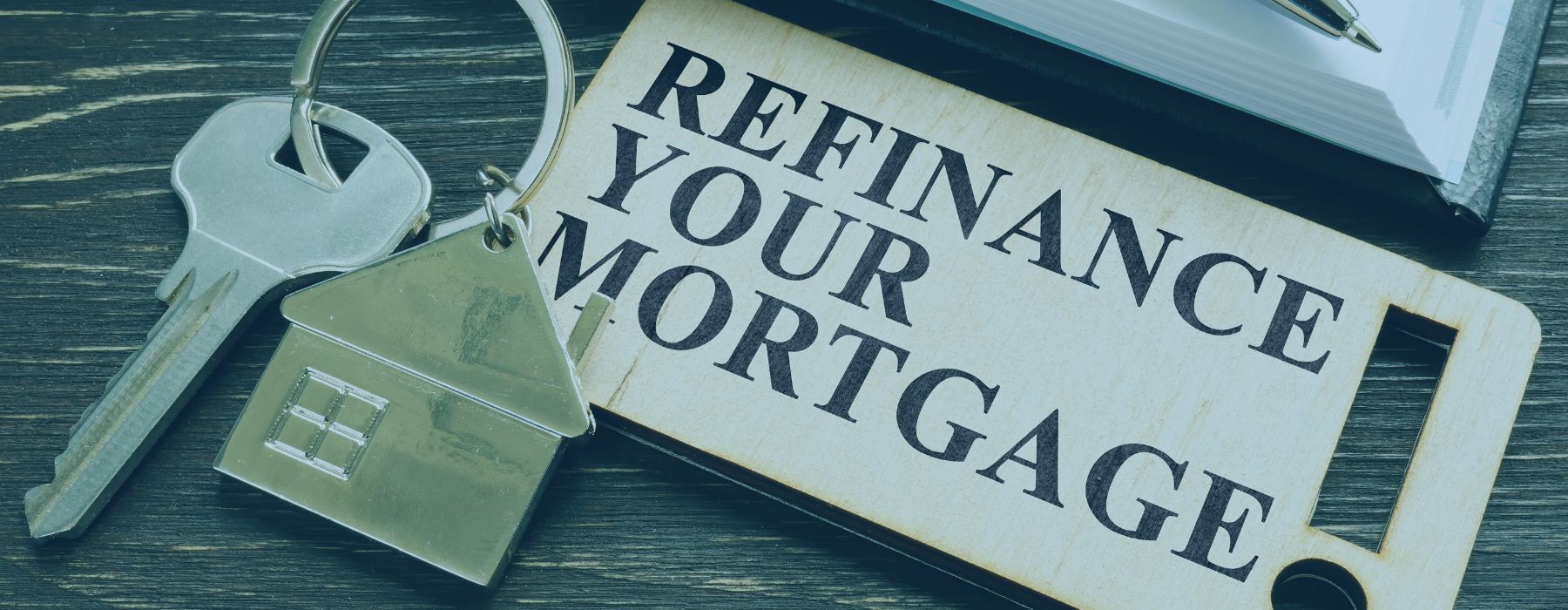Refinance your mortgage can be a game-changer for your financial health, but it’s essential to understand the process and determine if it’s the right move for you. This guide will walk you through the basics of refinancing, how to use a refinance calculator effectively, and the factors to consider before making a decision.
What is Mortgage Refinancing?
Mortgage refinancing involves replacing your existing mortgage with a new one, often with different terms. Homeowners refinance to take advantage of lower interest rates, change the loan term, or access home equity.
Types of Mortgage Refinancing
- Rate-and-Term Refinance: Adjusts the interest rate, loan term, or both without changing the loan amount.
- Cash-Out Refinance: Allows you to take out a new loan for more than you owe and receive the difference in cash.
- Cash-In Refinance: Involves paying down the loan balance to get a better rate or term.
Benefits of Refinancing
- Lower Monthly Payments: Secure a lower interest rate to reduce your monthly mortgage payments.
- Shorten Loan Term: Switch to a shorter loan term to pay off your mortgage faster and save on interest.
- Access Home Equity: Utilize your home equity for home improvements, debt consolidation, or other expenses.
- Convert Loan Type: Transition from an adjustable-rate mortgage (ARM) to a fixed-rate mortgage for more stability.
Individual results vary and are not typical. Lower monthly payments may result in higher total finance charges over the life of the loan. Not all applicants will qualify.
Using a Refinance Calculator
A refinance calculator helps you estimate your potential savings and costs associated with refinancing. Here’s how to use one effectively:
- Gather Your Information: Have your current loan details handy, including the loan amount, interest rate, and remaining term.
- Enter New Loan Details: Input the new loan amount, interest rate, and term you are considering.
- Compare Costs and Savings: The calculator will show your new monthly payment, total interest savings, and break-even point.
Key Inputs for the Refinance Calculator
- Current Loan Balance: The remaining balance on your existing mortgage.
- Current Interest Rate: The interest rate on your existing mortgage.
- New Loan Term: The term length of the new mortgage (e.g., 15 or 30 years).
- New Interest Rate: The interest rate on the new mortgage.
- Closing Costs: Fees associated with refinancing, typically 2-5% of the loan amount.
Factors to Consider Before Refinancing
- Interest Rates: Ensure the new rate is significantly lower than your current rate.
- Closing Costs: Evaluate whether the savings from a lower interest rate will offset the refinancing costs.
- Loan Term: Consider the impact of extending or shortening your loan term on your long-term financial goals.
- Credit Score: A higher credit score can help you secure a better interest rate.
- Home Equity: Sufficient home equity is often required to qualify for refinancing.
Steps to Refinance Your Mortgage
- Check Your Credit Score: Ensure your credit score is in good shape to get the best rate.
- Determine Your Goals: Decide what you want to achieve with refinancing (lower payments, shorter term, cash-out).
- Shop for Lenders: Compare offers from multiple lenders to find the best terms.
- Apply for the Loan: Complete the application process with your chosen lender.
- Close on the Loan: Review and sign the final documents, and pay any closing costs.
Conclusion
Refinancing your mortgage can lead to substantial savings and help you achieve your financial goals. By using a refinance calculator and considering key factors, you can make an informed decision about whether refinancing is right for you. Always consult with a financial advisor to ensure that refinancing aligns with your long-term financial strategy.
By following this guide, you’ll be better equipped to navigate the refinancing process and make the best decision for your financial future.




